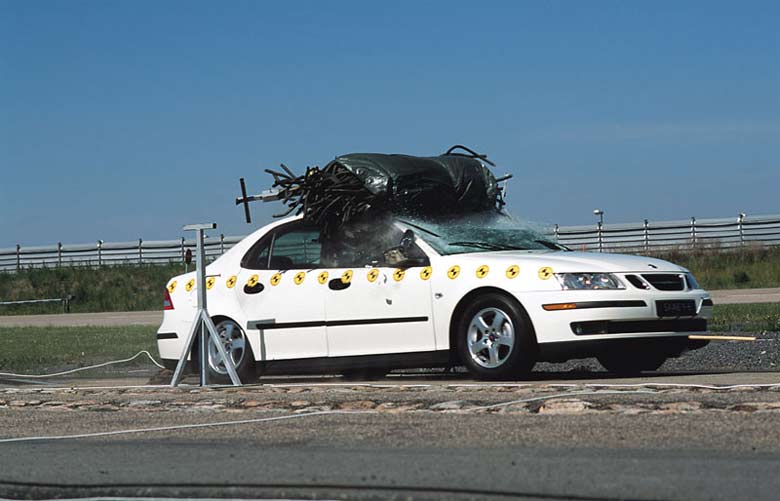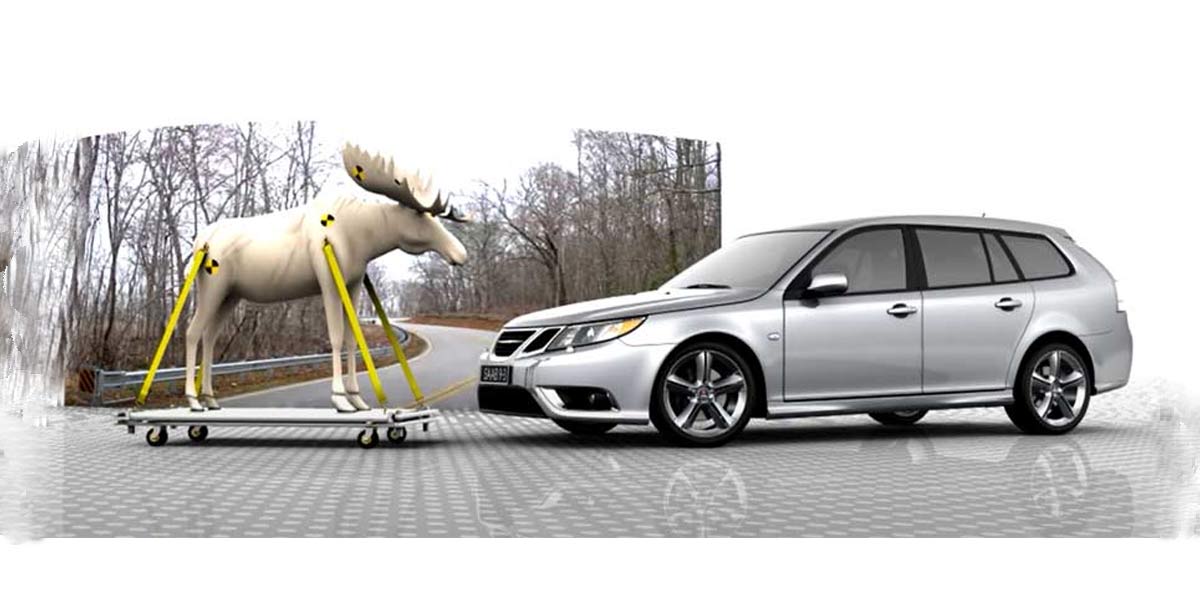New cars will be smashed if they collide with moose at high speeds, a new report shows. Saab and Volvo still do best.
If the speed is higher than 80 km/h, modern cars have difficulty coping with a moose collision, the insurance company Folksam draws that conclusion after crash-testing five cars with moose ladders and studying accidents with moose reported between 1995 and 2010.
Table of Contents
Reinforcement of the roof structure
According to experts from the Folksam Institute car manufacturers can do more to increase safety in wildlife accidents. One measure is to strengthen the roof structure, But that alone is not enough. You can not build a car that can handle a moose crash at 110 km/h. Up to a certain level, you can improve crash safety, then the auto brake system must take over, says head of traffic research at Folksam.
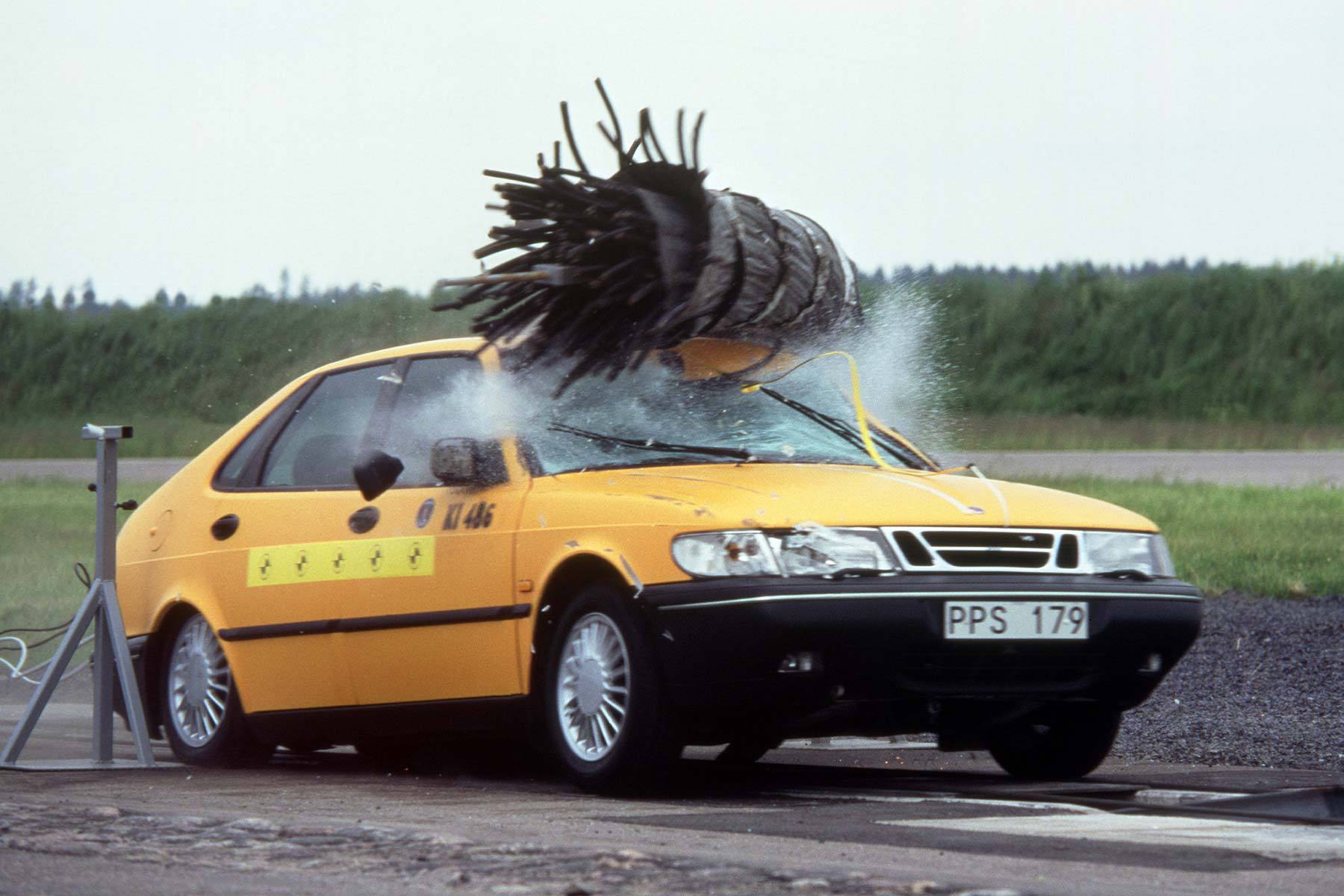
Automatic braking systems
Such technology can automatically reduce the speed and dampen the impact forces. The systems are necessary if the number of deaths in moose collisions is to be cut, Folksam states. Currently, most car manufacturers offer autonomous vehicle braking systems, but all of these systems operate exclusively at low speeds, and are designed for braking in urban areas. There are also radar systems that automatically brake at higher speeds, but they can only recognize vehicles in front, not large wild animals that can jump in front of vehicles.
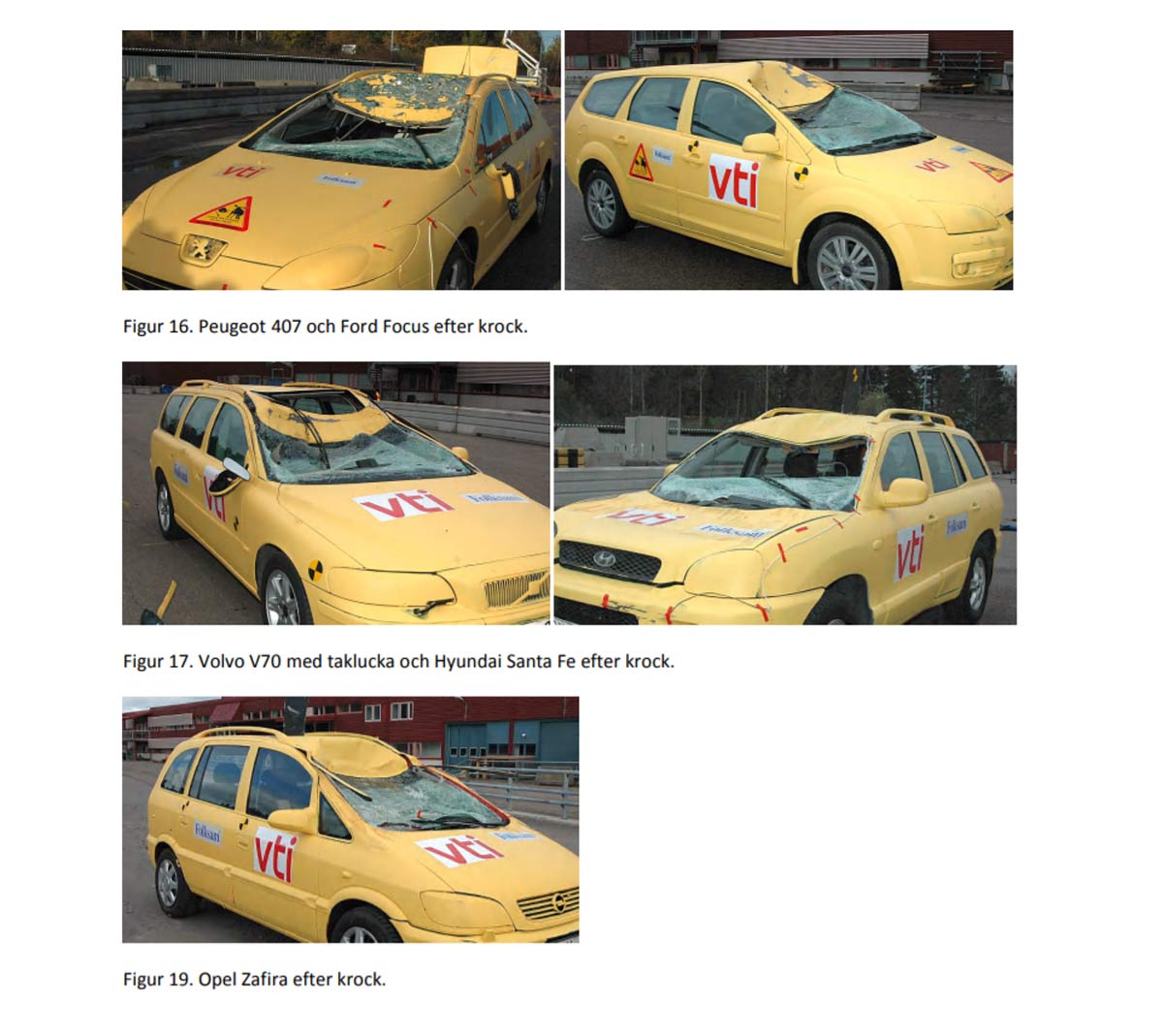
According to this research, During 10 observed years, between five and ten people have died in collisions with moose. Between 50 and 90 have been seriously injured. Almost 90 percent drove on roads where the speed limit was 80 km/h or higher.
Distance to the roof is important
The report also shows that large cars only perform marginally better than small ones. The proportion of injuries is 14 percent higher in small cars. Instead, Folksam emphasizes the importance of a large distance between the roof edge and the driver’s head.
With more space in the passenger compartment, the roof and windscreen can be deformed and pushed in longer before they hit the people in the car. If the distance is shorter than 36 centimeters, the risk of more serious injuries increases by 45 percent. Is it safer to push the chair far back? Yes, you should, of course. You should not sit near the window, note the experts of the Folksam Institute.
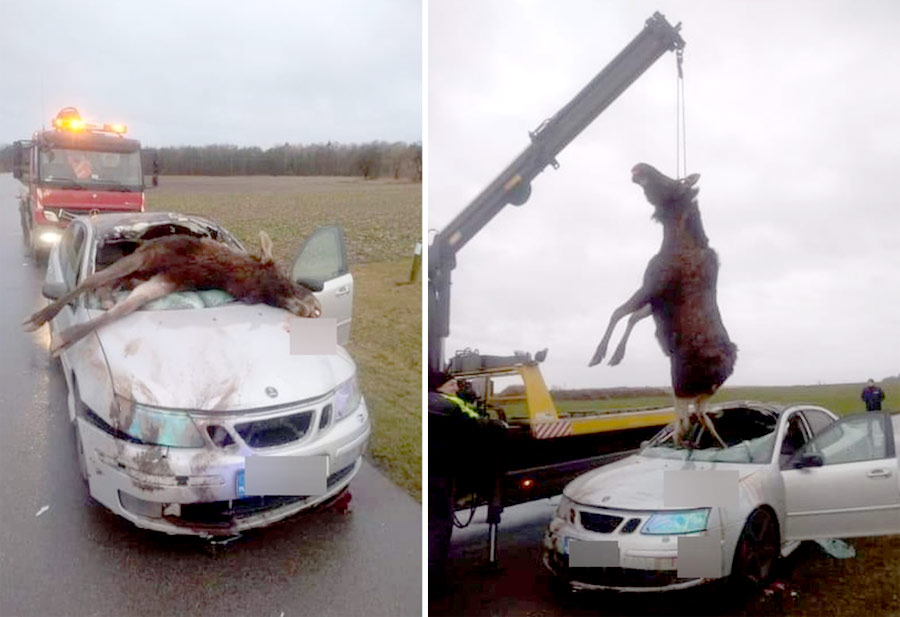
When it comes to different manufacturers, Folksam highlights the Swedish ones. Volvo and Saab note a 25 percent lower risk of serious injuries compared to other cars in the same size class.
Saab has invested a lot of time in researching this Car Safety issue
